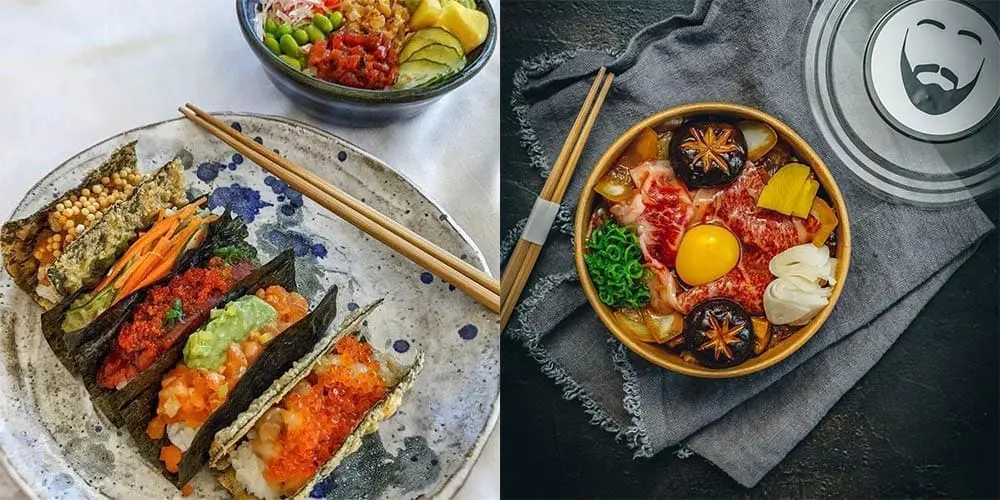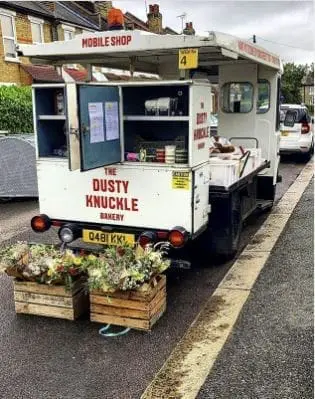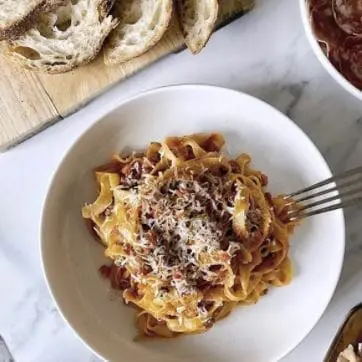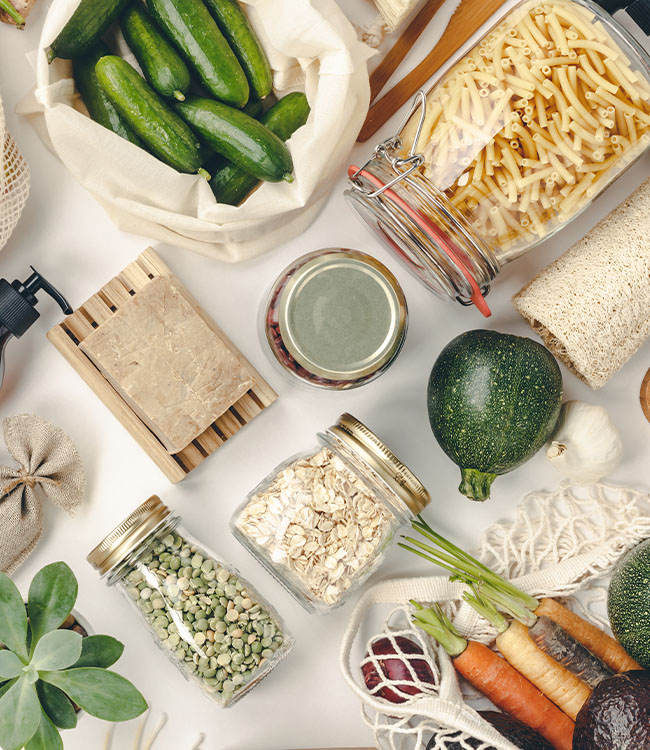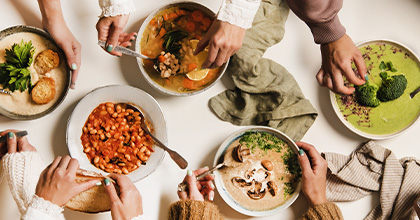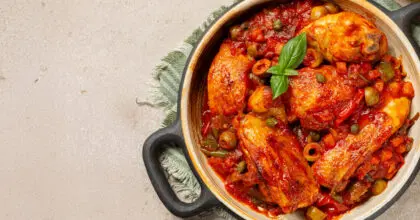COVID-19 has spurred a frenzy of disruptive innovations by restaurants to keep their businesses afloat. The entrepreneurial spirit of some operators is strong and some have actively sought out change and embraced innovation amid the pandemic. Even as lockdown restrictions start to ease and foodservice operators focus on resuming dine-in services, some of these concepts are worth continuing as a means to top up earnings and cater to changing consumer needs.
Meal kits allow restaurants to profit from home cooking boom
Instead of delivering cooked meals, some foodservice brands started selling meal kits and self-assemble/DIY kits (i.e. pre-packed meal kits with recipe cards) which require customers to cook from scratch or put the parts together themselves at home. This concept prevents delicate foods from falling apart in transit as individual ingredients are packed separately.
As working from homes looks set to remain the norm for many office workers for a while longer, restaurant-branded meal kits allow customers to cook their own restaurant-quality meal at home, with The Dorchester as an example of a luxury hotel restaurant that launched its range of meal kits with recipe cards for customers to cook at home in June 2020.
This element of personalisation bridges the gap between diners and chefs as it enables customers to appreciate the craft of preparing a meal whilst having fun making a dish that suits their personal preference.
As with self-assemble kits, a trend in flavour of Japanese-style sushi kits emerged in June 2020, and contemporary BBQ restaurant Smokestak in East London, UK, launched a Temaki (sushi hand roll) kit for home delivery which included cartoon illustrated instructions on how to assemble each Temaki.
Source: Hot Dinners
Mobile catering allows brands to mobilise their business
While restaurants’ dine-in activities ground to a halt during lockdown, some operators pivoted to mobile catering. The Dusty Knuckle, a London-based bakery shop is one example of a brand operating a mobile format in the shape of a food truck with no seating area. This option allows the bakery brand to mobilise its business whilst maintaining safe physical distancing.
As visits to restaurants based in cities will suffer as a result of more flexible working practices and the decline in use of public transport, the continuing trend of portable kiosks and food trucks will cater to consumers who are working from homes in suburban and rural areas.
The Dusty Knuckle Mobile Shop
Source: Instagram, @thedustyknuckle
Value-added set menus promote quality at a good price
Some restaurants have simplified their menus in order to refocus their resources as a result of COVID-19. In June 2020, London’s Claude Bosi at Bibendum launched a Prix Fixe daily changing set menu that was available for pre-order and collection between Thursdays and Sundays.
A set menu clearly has economic advantages as it allows operators to optimise ingredients resulting in less waste and spoilage. Meanwhile, a daily changing or rotating menu encourages frequent usage among diners who enjoy eating something different every day.
As the Government’s Eat Out to Help Out scheme officially ended on 1 September, some restaurants have extended the offer into September on their own. Instead of offering a blanket 50% discount that will squeeze margins in the longer term, some are offering a valued-added £10 set menu offer which promotes quality at a good price. For example, London’s Manteca pasta restaurant is offering a £10 set menu from Monday to Wednesday throughout September, which includes focaccia, a choice of mortadella or chicken liver parfait or white bean crostino, and a choice of pasta.
Source: Instagram, @wetravelplanner
Online activities help to boost e-commerce
Social media platforms turned into a vital online community support system during this pandemic. We’ve noticed some restaurant chefs using Instagram to entertain and educate through cooking demonstrations or running live stream sessions that include making cocktails (eg. the “quarantini”) in real-time.
UK’s Michelin-starred chef Michael O’Hare, for example, streamed live cooking demonstrations on Instagram to accompany his range of nationwide delivery meal kits/recipe boxes. Real-time cook-along shows allow customers to hone in on their cooking skills whilst strengthening customer and chef engagement.
Lobster cook along by Michael O’Hare
Source: Instagram, @ohare.michael
What we think
The Government’s Eat Out to Help Out scheme may have helped to kick-start the hospitality industry as consumers were incentivised to visit these venues for a meal during the month of August 2020 (from Mondays to Wednesdays), yet it’s vital for restaurants to continue rolling out value-added concepts to make up for the loss of income and cater to those who are still staying and working at home.
